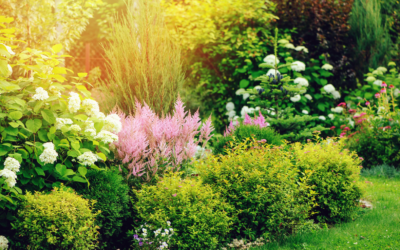Experts agree that the best time to prune most landscape is from mid-February until early March. The trees are still dormant but are nearing the time that new growth will emerge. Late winter pruning allows enough time for the wounds to heal without exposing them to a full winter of stress. Plus, it encourages new growth to occur in places you want it.
The Colorado Forest Service and Colorado State University offer these tips for proper pruning:
- Prune with a purpose. Know what you want to do before starting
- Don’t remove branches without a reason.
- Don’t cut off the tops of trees
- Avoid removing more than 25% of a tree’s branches in a single year
- Always cut just past the branch collar, the point where a branch joins the trunk or a larger branch
- Start by removing any dead or broken branches
- Maintain a dominant trunk or leader, spacing branches symmetrically
- Keep branches to less than one-half the trunk’s diameter
- Favor branches that spread away from the trunk rather than ones that grow upright
- Remove branches that grow below the tree’s permanent canopy
- Limit the pruning of new trees. Remove only dead, damaged or crossing limbs, or ones that interfere with the main leader
- If the job requires overhead work or removing large branches, contact an insured, licensed, certified arborist
Proper pruning and trimming of trees and shrubs helps maintain the health and appearance of your landscape and avoids safety hazards from broken branches. And doing the work in late winter gives your trees a head start on the spring and summer growth season.
Need Help? Call a Pro
Professional arborists know the right way to prune and trim trees to keep them strong, healthy and beautiful. And they have the right skills and tools to do it safely.
Donovan Arborists offers planting, pruning, and shearing services as well as a complete landscape maintenance package for property in the Denver area. And we’re always happy to give free estimates to homeowners and property managers for any services they may need.




